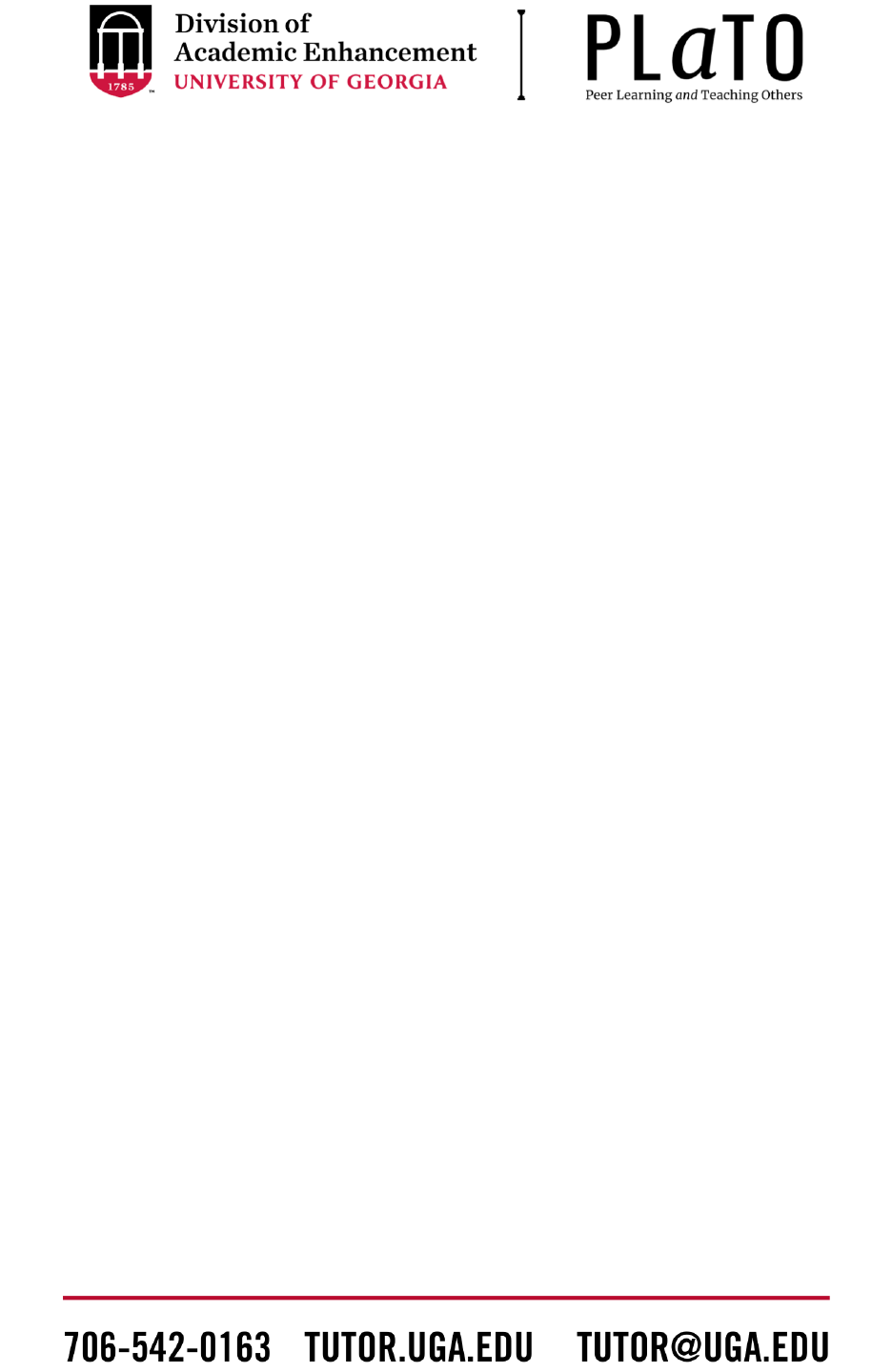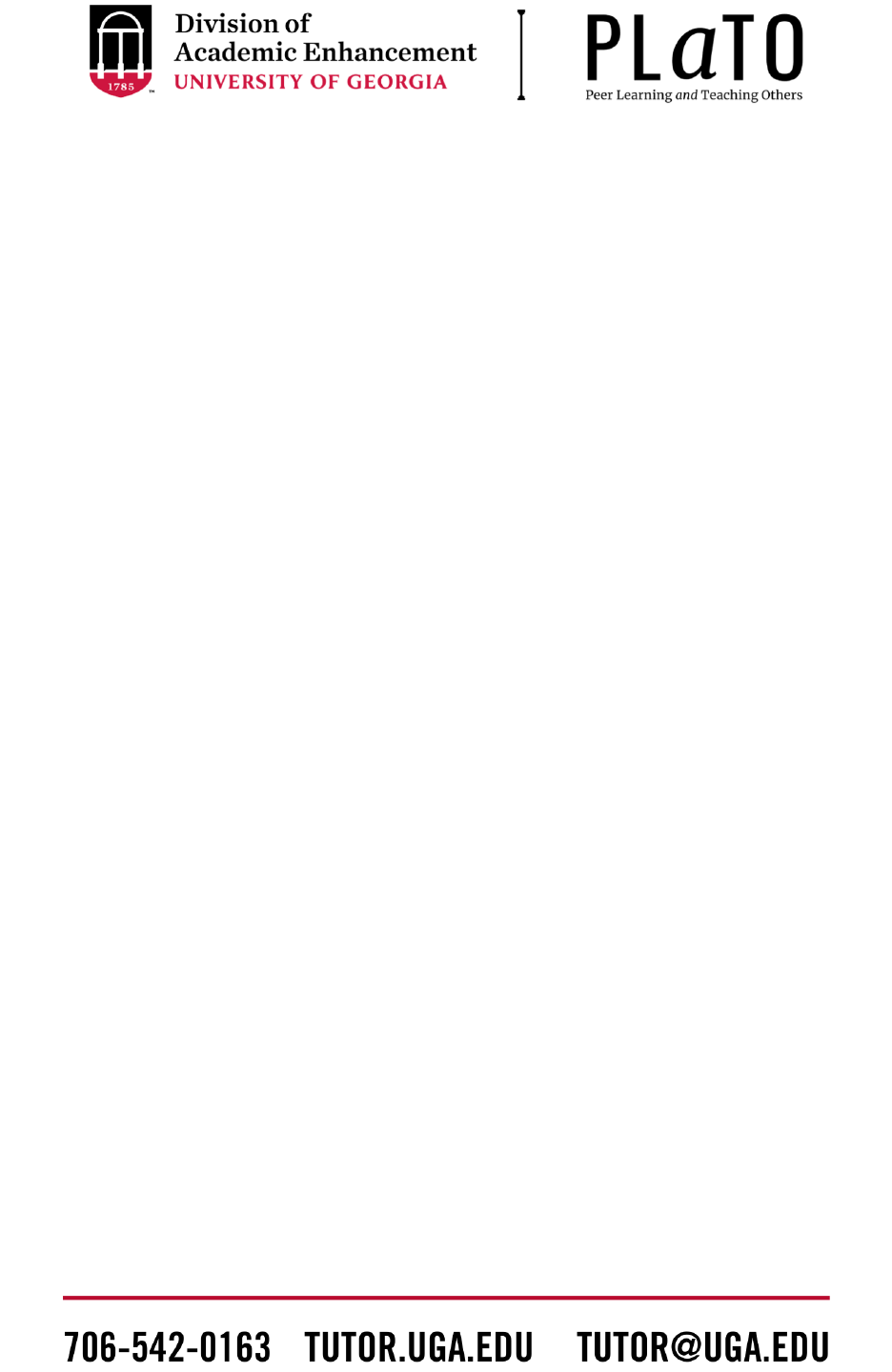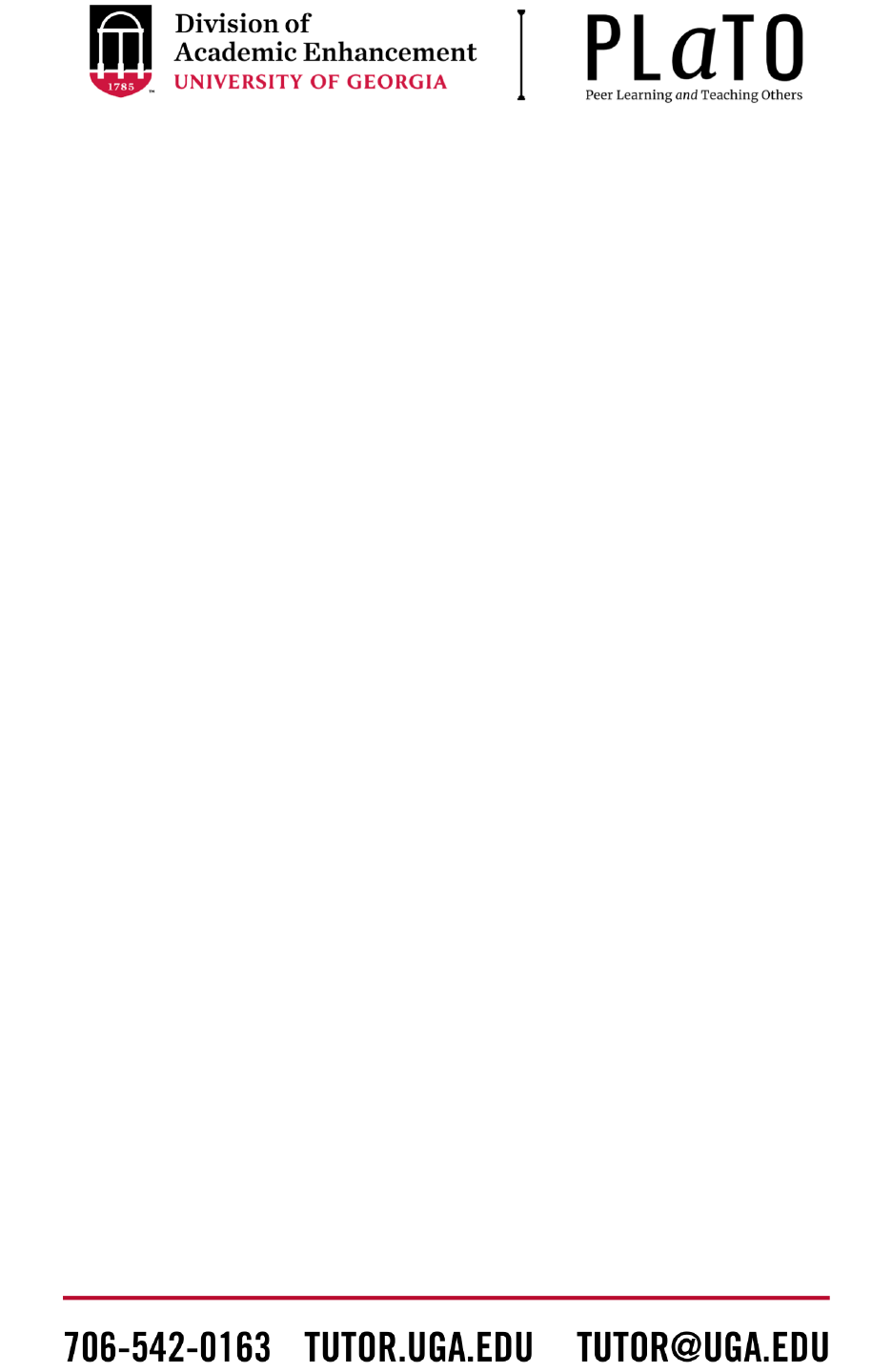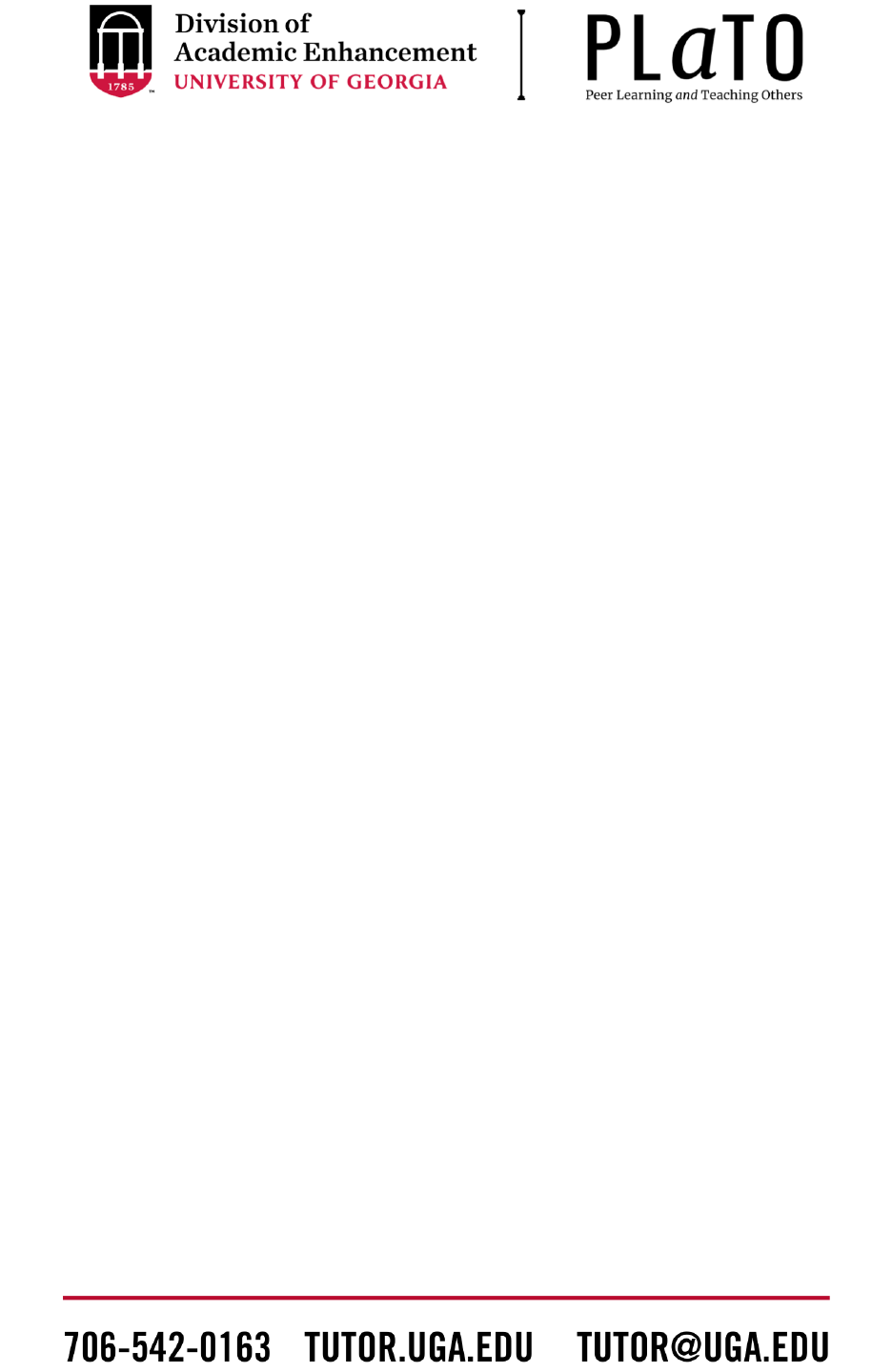
Grammar Topics: The Passive Voice and Clauses

Grammar Topics: The Passive Voice and Clauses
What can I find in this document:
1. The Passive Voice
a. What is it?
b. How do I identify it?
c. How do I fix it?
2. Clauses
a. Independent vs. dependent
b. The four types of sentences
3. General tips
The Passive Voice
So, you’ve written a paper, and your teacher informed you that it’s great, but you
overused the passive voice. You are now correcting the draft, except you’re stuck. It is
important to remember that the passive voice is incorrect. However, issues can arise
when the passive voice is overused. So exactly is the passive voice? How do I find it,
and most importantly, how do I fix it?
Every sentence has at least two things: a subject and a verb. In a normal sentence (one
in the active voice), the subject does the action of the verb. For instance:
The dog barks. -> The subject “dog” is performing the action of barking.
In a sentence in the passive voice, instead of doing the verb, the subject has the verb
done to them. For example:
The dog was adopted. -> The dog is not doing the adopting, but rather having the
adopting done to them.
The passive voice means the subject is not performing the action of the verb
(actively), but rather, is passively having an action done on them.
Now that you know what passive voice is, you can start identifying where you use it.
However, this can be tricky, so here are a few notes and tricks.
● Do not assume a “to be” verb (is, was, are, were, has, have) makes a sentence
passive. It is true that passive voice is always accompanied by one of these words;
however, these words can also act alone as linking verbs, which are different. A

passive voice verb will always have one of these words and another verb. For
example:
○ SHE IS DEDICATED TO HER JOB vs. SHE IS A DEDICATED PERSON.
In the first sentence, “dedicated” serves as a verb, while in the second
sentence, “dedicated” becomes an adjective. The first sentence is thus an
example of passive voice while the second acts as a linking verb.
● Once you’ve identified the “to be” verb as acting as a helping verb, which means it
has an accompanying verb, there is a simple trick to check that it is truly passive.
Try inserting the word being between the “to be” verb and the main verb. If the
sentence still makes sense it is passive voice. For example:
○ THE DOG WAS BARKING vs. THE DOG WAS ADOPTED.
Both sentences have a helping verb and a main verb, but when we insert
the word “being” we get:
● THE DOG WAS BEING BARKING and THE DOG WAS BEING
ADOPTED.
Only one of these reads like a real sentence and that one is the passive.
We do not want to simply find the passive voice. We must turn it into the active voice.
Passive voice tends to make your writing sound weaker because the subject of your
sentences will not be performing or doing an action. Also, in complex writing, passive
voice can quickly get confusing because sometimes the noun performing the action is
completely missing from the sentence.
There are two questions to ask which will help you correct passive voice:
1) What noun is actually performing the action?
The whole point of passive voice is that the subject is not the one performing the
action. Thus, one way to fix passive voice is to figure out what noun is performing
the action of the verb and change the sentence so this noun becomes the subject.
For example:
THE HERO IS DEPICTED AS A COWARD.
In this sentence, the hero is not doing the depicting, so who is? There can
be several answers: the author, the text, the book. Once you have picked
the option that best displays what you want to say you can rewrite your
sentence as:
THE AUTHOR DEPICTS THE HERO AS A COWARD.

2) What action is the subject actually performing?
If you want to keep the same subject, the next option for fixing passive voice is to
change the verb. For this, you need to identify what action the subject in your
sentence is performing. An easy example would be the sentence:
I WAS TAUGHT.
“I” in this sentence is not doing the teaching, but what is “I” doing? What
does it mean to be taught? Being taught is the same thing as learning and
thus this sentence can be rewritten actively as:
I LEARNED.
This method for correcting passive voice can be a little trickier so let’s do
another example:
THEY ARE TRAPPED IN A CAVE.
Again, “they” are not doing the trapping, so what are “they” doing? Being
trapped means they cannot leave thus we can rewrite this sentence as:
THEY CANNOT LEAVE THE CAVE.
Those are the basics of passive voice. With these you are ready to fix your paper.
Clauses
For something to be a clause, it must have both a subject and a verb. Identifying clauses
is important because if you do not connect them properly you will create run-on
sentences and fragments.
There are two types of clauses: independent and dependent.
● Independent Clauses: Independent clauses have a subject and a verb and can
stand by itself.
● Dependent Clauses: Dependent clauses also have a subject and a verb, but cannot
stand alone because it does not express a complete thought. Dependent clauses
will have trigger words such as which, who, since, because that signal they are not
a complete thought.
● Examples:
The dog is nice.
Since the dog is nice,
The first sentence is a complete thought and is thus an independent clause. It can
be its own sentence. By adding the word “since,” the sentence is no longer a
complete thought. When we read it we expect there to be more.

Combining the two types of clauses makes different types of sentences. Knowing what
type of sentence you have will let you choose the correct form of punctuation to correct
them.
● There are four types of sentences:
o Simple Sentence: A simple sentence has one independent clause.
Ex: The bear likes honey.
We think of simple sentences as short, but as long as you have not added
another clause (which would be another subject and verb) it remains a
simple sentence.
Ex: The black bear likes the honey from the old hollow tree by the
lake.
Adding adjectives such as “black” and “old hollow” as well as prepositional
phrases such as “by the lake”, makes sentences longer without adding an
extra clause.
Ex: The black bear and her cub like honey.
Ex: The black bear likes honey and also eats berries.
Again, to stop being a simple sentence you must have both two subjects
and two verbs. In the sentences above there are either two subjects like
“the black ear and her cub” or two verbs “likes and eats.” Just because you
see an “and,” does not automatically make a sentence a compound
sentence. A simple sentence can have a compound subject or a compound
verb. It only becomes a compound sentence when it has two subjects and
two verbs.
● Compound Sentence: A compound sentence has two independent clauses.
Ex: Hummingbirds drink nectar, and cardinals eat seeds.
Because this sentence has two subjects and two verbs, it consists of two
independent clauses. This means it must be connected by either a comma
and a conjunction or a semicolon.
There are only certain conjunctions which are acceptable to use to connect
two independent clauses. You can remember them with an acronym:
FANBOYS (For, And, Nor, But, Or, Yet, and So). If you use another word
such as because, however, or since your sentence will no longer be a
compound sentence and you run the risk of creating a run-on.
Remember your sentence only requires a comma if you have two
independent clauses.
Ex: The book illustrates the struggle of women in a patriarchal
society and offers a glimpse into a more equal future.

Many times we may feel as if such a sentence requires a comma, but this
sentence has one subject (the book) and thus it remains a simple sentence
rather than a compound.
When deciding if you need a comma look for the number of clauses rather
than focusing on how long your sentence is.
● Complex Sentence: A complex sentence is made up of at least one
dependent clause and an independent clause.
Ex: Because I was hungry, I ate a snack before dinner.
Whether you need commas in a complex sentence depends on where the
dependent clause is. If the dependent clause comes at the beginning, we
use commas as shown in the example above. If the dependent clause
comes at the end, we typically do not use a comma as in the example
below.
Ex: The dog was lost because I left the gate to his pen open.
“Because I left the gate to his pen open” is its own clause with a separate
subject and verb, but we do not need a comma here like we would if this
were a compound sentence with two independent clauses. This is when
knowing which conjunctions (FANBOYS) makes a compound sentence is
important.
Words such as because, however, and since make a dependent clause and
a complex sentence which does not always require a comma.
Dependent clauses can also come in the middle of a sentence as in:
The girl, who was sitting next to me, asked me if she could borrow a
pencil.
Dependent clauses can break up the independent clause. When this
happens, we set apart the dependent clause with commas on both sides as
shown in the example.
You can have more than one dependent clause in a sentence.
Ex: The girl, who was sitting next to me, asked me if she could
borrow a pencil because she misplaced hers.
Multiple dependent clauses does not change the commas. The dependent
clause in the middle is surrounded by commas and the one at the end has
no clause. Again, do not let the length of a sentence scare you. Identity the
various clauses and then use that information to decide where commas are
needed.

● Compound-Complex Sentence: A compound complex sentence has two
independent clauses and at least one dependent clause.
Ex: Because she helped organize the event, Grace arrived early at
the banquet to make sure everything was running smoothly, and
she was pleased to find that all was well.
When we start to write sentences like this with 3 or more clauses, it is
important that we understand what a clause is. As you can see each of the
clauses above is separated in some way by a comma or comma and
conjunction.
Writing compound-complex sentences is what often leads to run-ons. By
understanding what type of sentence you are writing, you can avoid run-
ons and properly connect the sentences.
The rules for compound-complex sentences simply combine those of
compound and complex sentences. If you have a grasp of compound and
complex you should be able to write grammatically correct compound-
complex sentences. I find that students create run-ons often because they
are unaware of just how many clauses they have created. Being aware of
what makes a clause and how many you have in a single sentence will
improve your ability to combine those clauses effectively.
In conclusion, being able to identify clauses and sentence types will help you prevent
run-ons and fragments. In general, variety is the best bet when thinking about the
sentence types of which your paper should consist. All compound-complex sentences
may make you feel smart, but it can often be confusing for your reader. All simple
sentences may feel safer, but it makes for a dull read.
General Tips
● Do not end a sentence in a preposition. This is a grammar mistake, and one that
is very easy to spot.
● When typing a list of three or more, you do need a comma after the item before
the and.
Ex: I bought ice cream, pizza, almonds, and onions at the store.
● Always proofread your papers by reading them aloud. It is the best way to catch
typos. Your brain will often automatically correct obvious mistakes when reading
silently.
